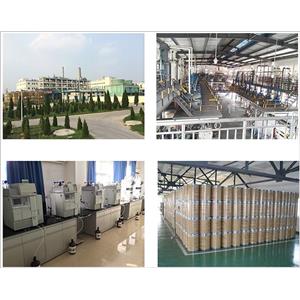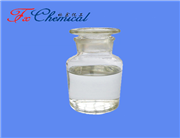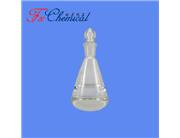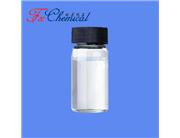In short, Carbinol (Hydroxyl) Terminated Poly Dimethylsiloxane is a specific type of silicone oil whose chains end with reactive alcohol (-OH) groups. The term "carbinol" is an older name for a simple alcohol (specifically methanol), but in polymer chemistry, it's used to denote a hydroxyl-functional group.
Think of it as a silicone polymer that is "sticky" at both ends, ready to react and connect to other molecules.
Detailed Breakdown
Let's break down the name to understand its structure and function:
Poly Dimethylsiloxane (PDMS): This is the most common type of silicone polymer. Its backbone is made of alternating silicon (Si) and oxygen (O) atoms—a -Si-O-Si-O- chain. Each silicon atom is also bonded to two methyl groups (-CH₃). This structure is responsible for the classic silicone properties: flexibility, low surface tension, high thermal stability, and water repellency.
Terminated: This means the functional groups are located at the ends of the polymer chains.
Hydroxyl / Carbinol: This specifies that the end groups are hydroxyl groups (-OH), just like in alcohols. A "carbinol" group historically refers to a -CH₂OH group, but in this context, it's used interchangeably with "hydroxyl-terminated."
Key Properties
Reactive End Groups: The hydroxyl (-OH) ends are the most important feature. They can react with other functional groups (like alkoxy groups, silanes, or isocyanates) to form longer chains or cross-linked networks. This is the basis for their use as prepolymers or reactive intermediates.
Silicone Properties: It retains all the beneficial properties of PDMS, including:
Excellent lubricity and low surface tension.
High thermal and oxidative stability.
Water repellency.
Chemical inertness.
Good dielectric properties.
Variable Chain Length: The material is available in various viscosities, which correspond to different molecular weights (chain lengths). A shorter chain (lower viscosity) means more reactive ends per unit weight.
Why is the Termination so Important?
The end group of a silicone polymer drastically changes its behavior:
Trimethyl-terminated (e.g., Dimethicone): The ends are blocked with inert -Si(CH₃)₃ groups. This is a non-reactive silicone oil used in cosmetics, lubricants, and release agents. It's a finished product.
Hydroxyl-terminated: The reactive -OH ends mean this is not a finished product. It's a building block designed to be chemically incorporated into something else.
Primary Applications
Due to its reactive ends, hydroxyl-terminated PDMS is rarely used alone. Its main function is to act as a modifier or precursor in synthesis.
Silicone Synthesis (Chain Extension & Cross-linking):
It is the fundamental starting material for producing many other silicones.
When mixed with cross-linkers (e.g., tetraethyl orthosilicate), it can form a silicone elastomer (rubber) through a condensation cure reaction. This is common in Room Temperature Vulcanizing (RTV) silicones.
Modifying Organic Polymers (Creating Hybrids):
This is a major application. The OH groups can be used to graft silicone chains onto organic polymer backbones (like polyethers, polyesters, or polyurethanes).
Example: Silicone Polyether Copolymers: By reacting hydroxyl-terminated PDMS with a polyether, you create a powerful surfactant used in polyurethane foam production (to control bubble size and stability) and in high-performance coatings and adhesives.
Coupling Agent / Surface Modifier:
It can be used to treat inorganic surfaces (like glass, minerals, or metals). The silanol end can condense with hydroxyl groups on the surface, creating a permanent, hydrophobic silicone coating that improves lubricity, release, and compatibility.
Block Copolymer Synthesis:
Advanced material science uses it to create precise block copolymers, where a "block" of silicone is attached to a "block" of another polymer (e.g., polystyrene). This combines the properties of both materials into one.
Summary
| Feature | Description |
|---|
| What it is | A reactive silicone polymer with alcohol (-OH) groups at both ends of its chain. |
| Key Property | The reactive hydroxyl termini allow it to act as a building block for creating larger molecules or networks. |
| Common Uses | 1. Precursor for making silicone rubbers (RTV).
2. Modifier for creating silicone-organic copolymers (e.g., for polyurethane foam surfactants).
3. Coupling agent for surface treatment. |
| Contrast with | Trimethyl-terminated PDMS (Dimethicone), which is non-reactive and used as a finished lubricant or additive. |
In essence, Carbinol/Hydroxyl Terminated PDMS is the key reactive intermediate that enables the vast and diverse world of silicone chemistry, connecting simple silicone chains to form complex materials and hybrid compounds.












 China
China




